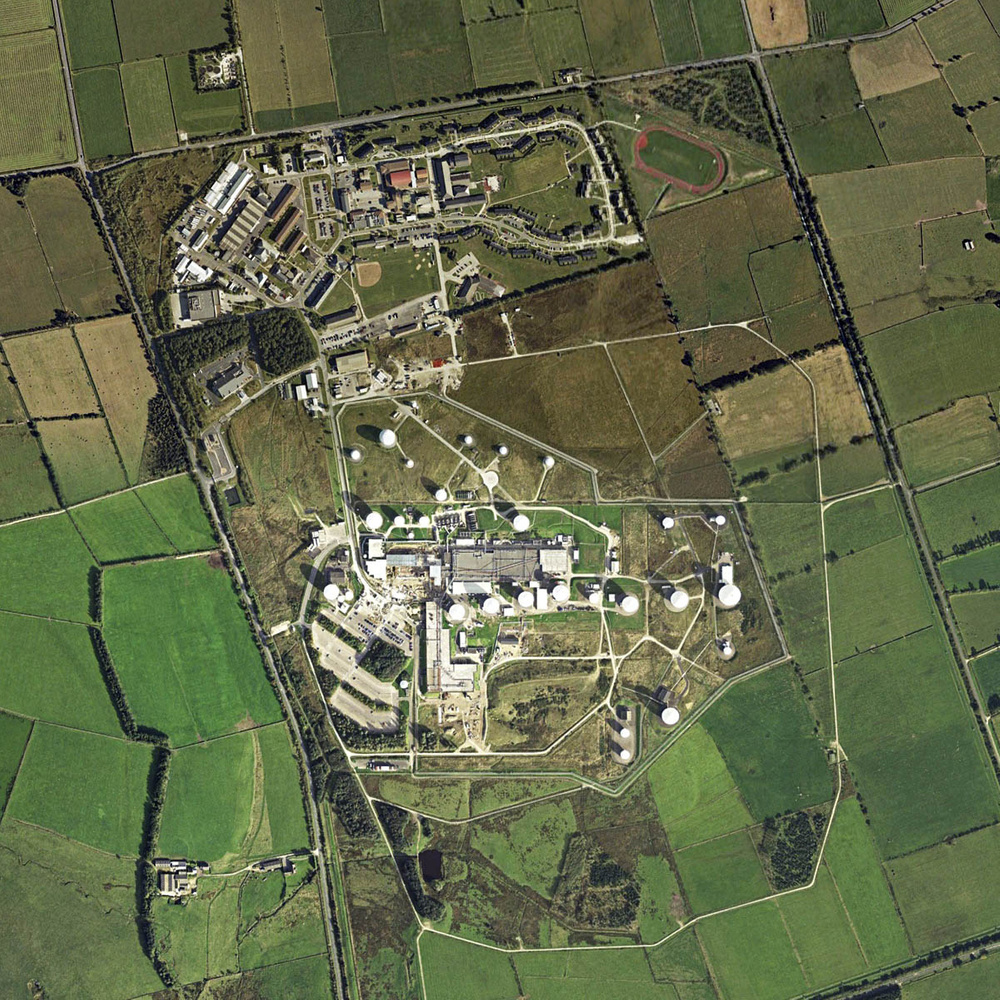
As part of Being Human 2020, the UK’s national festival of the humanities, we’ve put together a 3D virtual exhibition on “The World of Drone Art” for the festival theme of “New Worlds”. How have drones created new ways of visualizing and embodying our world? How do drone innovations intersect with broader developments in data analysis and artificial intelligence? How have contemporary artists explored the origins, ethics, and futures of drone use, and what do their aesthetic strategies tell us about the world of drones?
You can access the virtual exhibition, which is navigable by browser or mobile, from 12-22 November 2020 on the University of Sheffield’s Being Human website here.
The exhibition includes “The Art of Drone Warfare” sound piece, commissioned from PhD researcher Jean-Baptiste Masson, who spoke about his thinking behind the music in this post. The gallery is best experienced with headphones, though you can mute your browser if and when you wish.
The artworks chosen for this virtual exhibition are by no means exhaustive, and there were limitations to what I could do and who I could include on the Kunstmatrix platform. But they are an eclectic representation of works by some of the most significant contemporary artists thinking about drones, the aerial view, the history of violence from above, and the promises and pitfalls of drones both as a technology and as an imaginary. I am grateful to each of the artists for their participation in this project:
Please stay tuned for a virtual gallery talk, which will take place as a screencast on YouTube, on Sunday 15 November 2020 at 5pm GMT UK time. There, I’ll speak about some of the research I’ve been doing on drones and aesthetics, about the ethos behind using the Kunstmatrix 3D platform for exploring the relationship between drones and mediated experiences, and about some of the artworks in more detail. The chat on YouTube will also be open if you want to ask any questions or offer any comments about this virtual exhibition, or about any of the work that we’ve been doing. Details about the talk are here; a recorded version will be posted here on our website afterward.





































